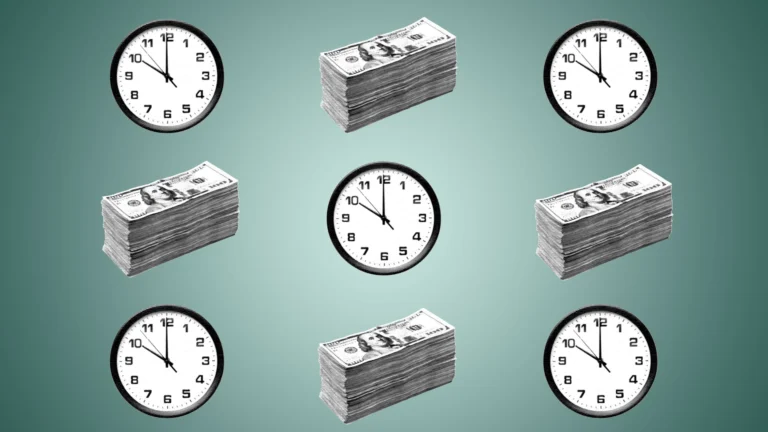Factors influencing current CD rates
One of the biggest factors influencing current CD rates is the federal-funds rate. As the Federal Reserve began cutting its benchmark rate toward the end of 2024, CD rates fell in response. After pausing rate cuts for the last nine months, the Fed opted to change course and lower its key interest rate by a quarter-point, lowering the target range to 4.00% to 4.25%. According to the CME FedWatch tool, there could be another rate cut at next month’s meeting as well, which means CD rates could start dropping in the near future.
Another factor that influences CD rates is the business goals of a bank or credit union. A financial institution balances the yield it pays to depositors with the amount of interest it earns from borrowers. For example, if a bank charges its customers 9% APR on a loan, the yield it pays depositors needs to be low enough that there’s a profitable difference. If a financial institution pays a yield of 4.65% on a six-month CD, it can attract depositors with a higher yield while still earning a profit on the funds it loans to borrowers.
Term length matters as well. If a financial institution thinks the Federal Reserve will cut interest rates in the near future, it might pay higher yields on short-term CDs to attract customers and when the CD matures, depositors will have to renew at a lower rate when the federal-funds rate heads lower. The next Fed meeting that could result in a rate cut will be in September, so depositors who think a reduction is likely might want to lock in a higher interest rate before then, though as of July 30, the probability is below 50%, according to the CME FedWatch Tool.
On the other hand, in an environment where rates might be expected to rise over time, a financial institution might offer a higher yield on long-term CDs to encourage depositors to agree to keep their money in place for a longer period—even if they miss out on potential interest rate hikes.
How to choose the right CD for your financial goals
As you compare CD rates, consider your financial goals and what you hope to achieve with your money. Here are some considerations:
- When do you need the money? Because CDs charge penalties if you withdraw the money early, consider when you want access to your funds. If you’re saving for a goal that’s a few months away, a short-term CD might make sense. On the other hand, if you want to guarantee your yield and don’t need access to the money immediately, a long-term CD could be a good choice.
- How much do you plan to commit to a CD strategy? As part of an overall portfolio, cash is likely to earn the lowest return. Including a CD strategy can help you increase yield on the cash portion of your portfolio, but it also means less liquidity for your cash. Some of the best rates are on jumbo CDs, but you need to commit a larger minimum deposit to qualify. Figure out how much you can put into CDs and consider using a CD laddering strategy if you want more frequent access to a portion of your money and are looking for CDs with smaller minimum requirements.
- What will future CD trends look like? As you compare today’s CD rates, read up on where experts predict yields will go next. If you think they’re likely to fall, you might want to lock in a higher rate on a medium- to long-term CD. On the other hand, if you think they will rise, a short-term CD could mature in time for you to take advantage of rising rates. CD laddering can potentially help you balance access with changing yields.


